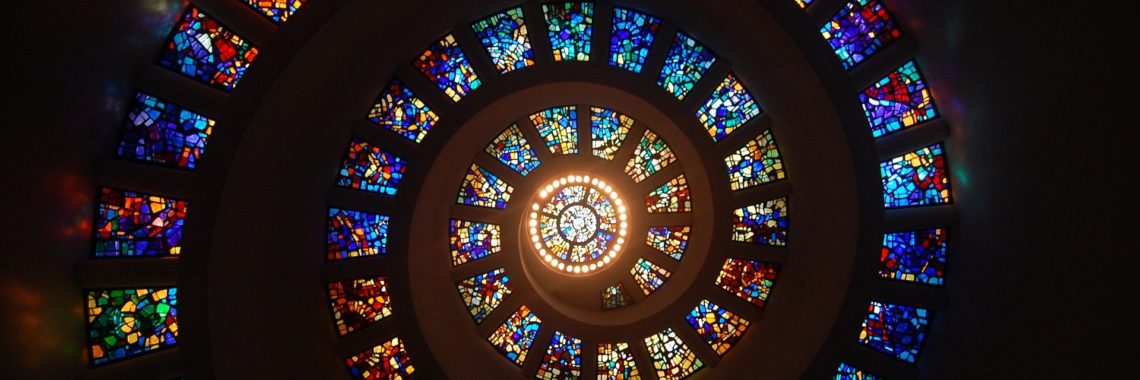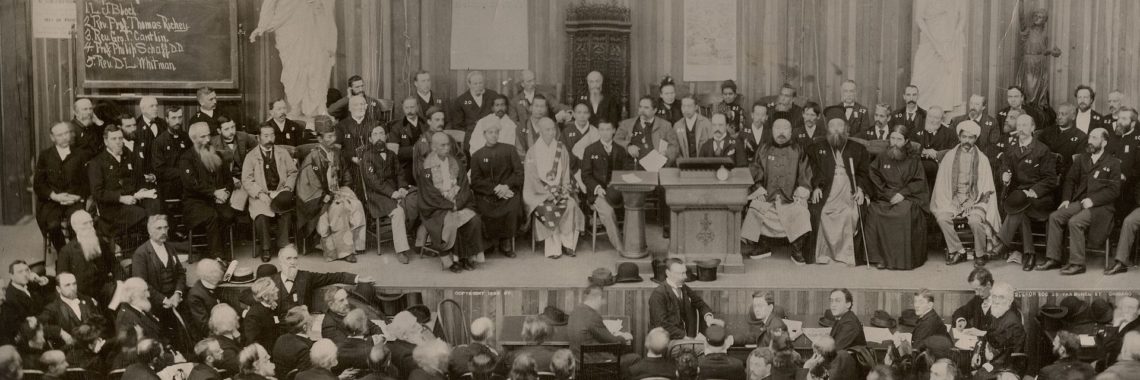“Trump Administration’s Religious Freedom Claims Require a Closer Look” by Melissa Rogers
The Trump administration is promoting new proposed rules on social service partnerships with faith-based organizations under the banner of religious freedom. A closer look, however, reveals that the proposals would actually eliminate certain religious liberty protections for social service beneficiaries, and that none of the Trump administration’s justifications for its actions holds water. To appreciate…











